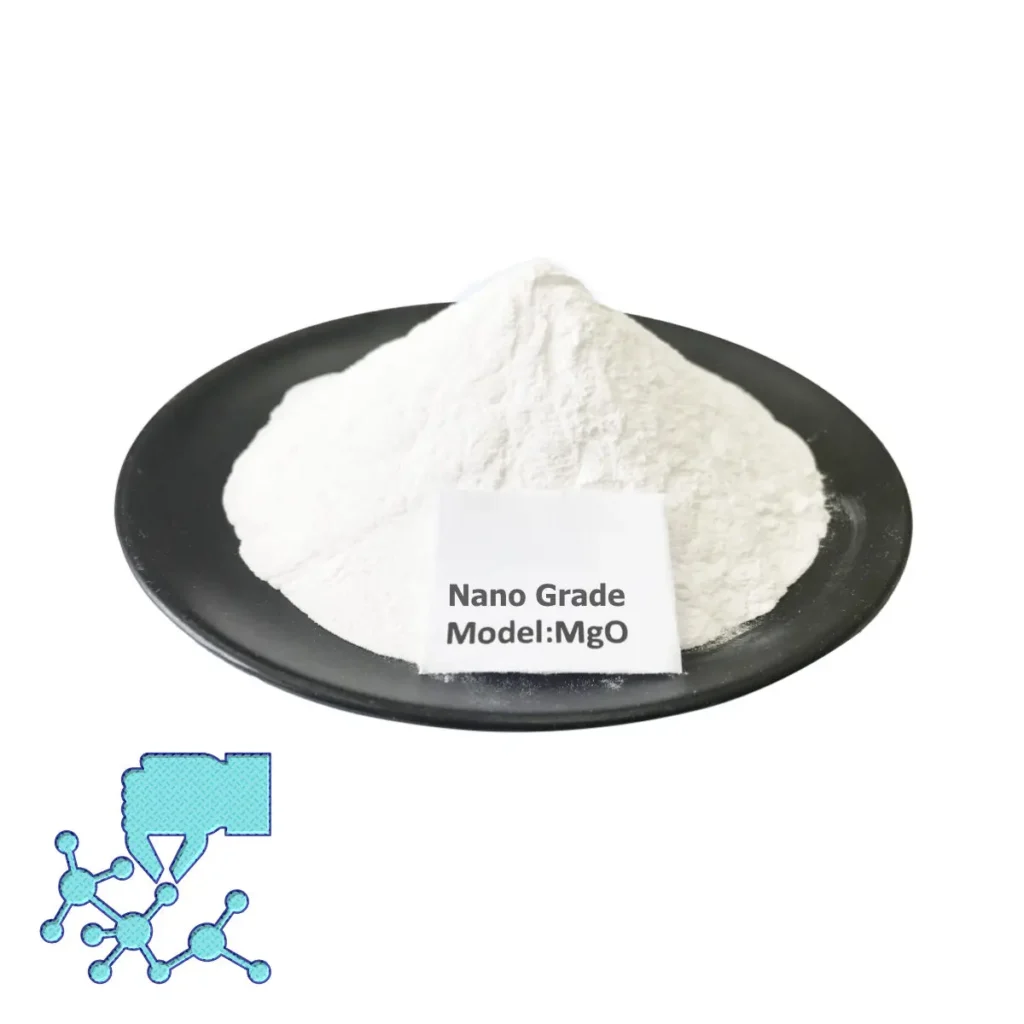Hydrothermal method
Principle: This method utilizes an aqueous solution to accelerate the morphological evolution of magnesium oxide particles under high pressure and high temperature conditions.
Steps:
Dissolve magnesium chloride in deionized water to form a precursor solution.
Add appropriate amount of sodium hydroxide solution and adjust the pH value of the solution to 10-12.
Transfer the precursor solution to an autoclave and heat to 150-200°C for 12-24 hours.
Cool down and wash the precipitate to obtain spherical magnesium oxide.
Aerosol-assisted method
Principle: This method utilizes the process of aerosol evaporation and condensation to form nanoscale magnesium oxide powder at high temperatures, which is then agglomerated and sintered to form spherical magnesium oxide.
Steps:
Dissolve magnesium chloride hexahydrate in ethanol to form a precursor aerosol.
The precursor aerosol is sprayed into a high temperature reactor (500-800°C).
The aerosol evaporates and condenses in the furnace chamber to form ultrafine magnesium oxide particles.
The particles are further agglomerated and sintered to form spherical magnesium oxide.
Comparison
Product appearance: Both methods can prepare spherical magnesium oxide.
Particle size: Aerosol-assisted methods typically produce smaller particle sizes (nanoscale), while hydrothermal methods produce micron-sized spherical MgO.
Yield: Hydrothermal methods produce higher yields, while aerosol-assisted methods produce lower yields.
Cost: Hydrothermal method has lower equipment cost, while aerosol-assisted method has higher equipment cost.

